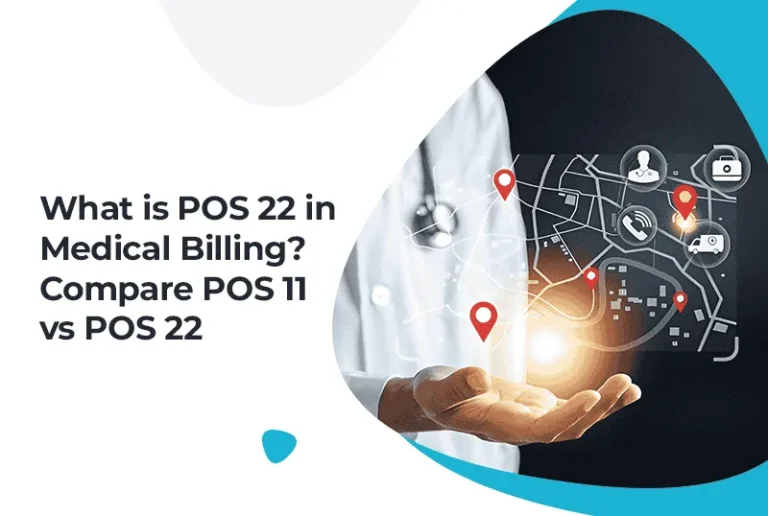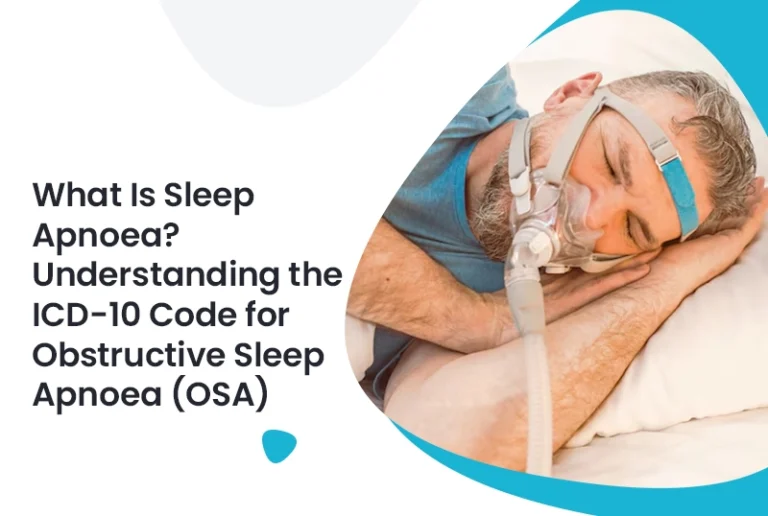The most frequently encountered symptom in outpatient care is weight loss, which can point to an extensive range of underlying conditions.. Knowing how to use the ICD-10 code for weight loss correctly is essential for accurate documentation, billing, and effective care planning.
The ICD-10 code R63.4, which represents abnormal weight loss, plays a crucial role in symptom-based reporting when a definitive diagnosis has not yet been established. Unfortunately, many practices either misuse this code or overlook its value in supporting medical necessity for diagnostic testing and specialist referrals.
Whether you manage your own claims or work with a medical billing company, understanding the proper use of this code can significantly improve your revenue capture, reduce denials, and support high-quality care.
What Does weight loss ICD 10 Code R63.4 Mean?
The ICD-10-CM code for abnormal weight loss is:
R63.4 – Abnormal weight loss
It’s used when a patient experiences a clinically significant reduction in weight without a known cause—typically more than 5% over six months. Importantly, R63.4 should be viewed as a symptom code, not a diagnosis in itself.
When shouldYou Use It?
Use R63.4 when:
- The patient reports unintentional weight loss
- No clear underlying condition is identified at the time
- It’s being evaluated further through labs, imaging, or referrals
For example, a 62-year-old patient unintentionally loses 20 pounds in three months. Labs are pending. In this case, R63.4 accurately reflects the presenting concern while you work toward a primary diagnosis.
Why It Matters: Billing, Reimbursement & Clinical Clarity
Accurate coding isn’t just for your EHR records—it affects everything from your claims acceptance rate to patient care continuity. R63.4 helps justify diagnostics such as:
- Full metabolic panels
- Thyroid testing
- GI imaging
- Oncology referrals
And here’s where it gets interesting: failing to use this code can result in denied claims or delayed reimbursement, especially when no primary diagnosis is yet established. This is where understanding its impact on revenue cycle management becomes crucial.
The Power of R63.4 in Revenue Cycle Optimization
Think of R63.4 as a temporary flag. It tells the payer, “This isn’t just weight loss—it’s a red flag we’re investigating.” And that opens the door to justifying medical necessity for further evaluations.
Here’s how it strengthens your RCM process:
Reduces claim denials for early-stage diagnostic visits
Improves documentation compliance for audits
Supports clinical decision-making and follow-ups
As a healthcare provider, you know time is money. Accurate symptom coding helps keep your revenue flowing, your records compliant, and your patient care uninterrupted.
Conditions Commonly Linked to R63.4
Now, you might wonder—what if a diagnosis is found later?
That’s the beauty of using R63.4 early on. It holds space until a definitive code takes over. Here are a few common diagnoses that might replace or accompany R63.4:
- Cancers (especially GI and lung)
- Diabetes mellitus (Type 1 and 2)
- Hyperthyroidism or Graves’ disease
- Chronic infections (e.g., TB, HIV)
- Major depressive disorder or other mental health conditions
- GI disorders like Crohn’s or ulcerative colitis
Clinical Tip:
Once a root cause is identified, R63.4 can become a secondary diagnosis, but shouldn’t be left as the sole code on future claims.
How to Document Abnormal Weight Loss Like a Pro
Strong documentation can mean the difference between a paid claim and a denied one. Here’s a checklist to help your notes support R63.4:
- Document the amount of weight lost and over what period
- Clarify that the loss is unintentional
- Note any related symptoms (e.g., fatigue, nausea, appetite loss)
- Include planned diagnostics or referrals
Sample Note:
“Patient reports unintentional 18-pound weight loss over past 3 months. Denies dietary changes or exercise increase. Reports fatigue and mild nausea. Ordering CBC and abdominal ultrasound.”
This level of specificity keeps your coding tight and your billing airtight.
Don’t Fall Into These Common Traps
Let’s save you from the most frequent R63.4 mistakes:
- Coding intentional weight loss (e.g., diet programs)
- Using it without supporting clinical notes
- Failing to update it in follow-up visits
- Leaving it as the primary code once a diagnosis is confirmed
Remember, insurance companies are looking for medical necessity and progression. Help them see it clearly.
Connecting to Your Coding Team
If you’re working with a medical billing and coding team (in-house or outsourced), this is the perfect moment to revisit your intake protocols. Make sure your coders:
- Understand how R63.4 supports E/M level justifications
- Know when to flag it for clinical review
- Are trained to replace it with definitive codes once known
Working in harmony with your billing staff ensures you get paid faster, avoid denials, and maintain documentation integrity.
Conclusion: Turn Every weight loss ICD 10
Code Into a Clinical Asset
So, what’s the takeaway?
The weight loss ICD-10 code (R63.4) might look simple on paper—but in practice, it’s a powerful tool. From supporting early diagnostics to strengthening your billing strategy, using this code correctly ensures your clinical insight is matched by revenue accuracy.
Whether you’re a solo practitioner or part of a large group, mastering the use of R63.4 is one more step in delivering smarter, more efficient care.
Frequently Asked Questions (FAQs)
Q1: Is R63.4 reimbursable by insurance?
Yes, especially when used to justify further diagnostic procedures or evaluation. However, it should not be left as the only code in subsequent visits if a primary diagnosis is found.
Q2: Can I use R63.4 for patients on weight loss plans?
No. If the weight loss is intentional, do not use R63.4. Look for preventive or Z-codes instead.
Q3: Should I update the code once a diagnosis is made?
Absolutely. Replace or pair R63.4 with the relevant diagnosis once confirmed (e.g., cancer, hyperthyroidism, diabetes, etc.).
Q4: Is R63.4 enough to support advanced imaging?
It can be if supported by clinical documentation that explains why imaging is necessary (e.g., unexplained GI symptoms + weight loss).







